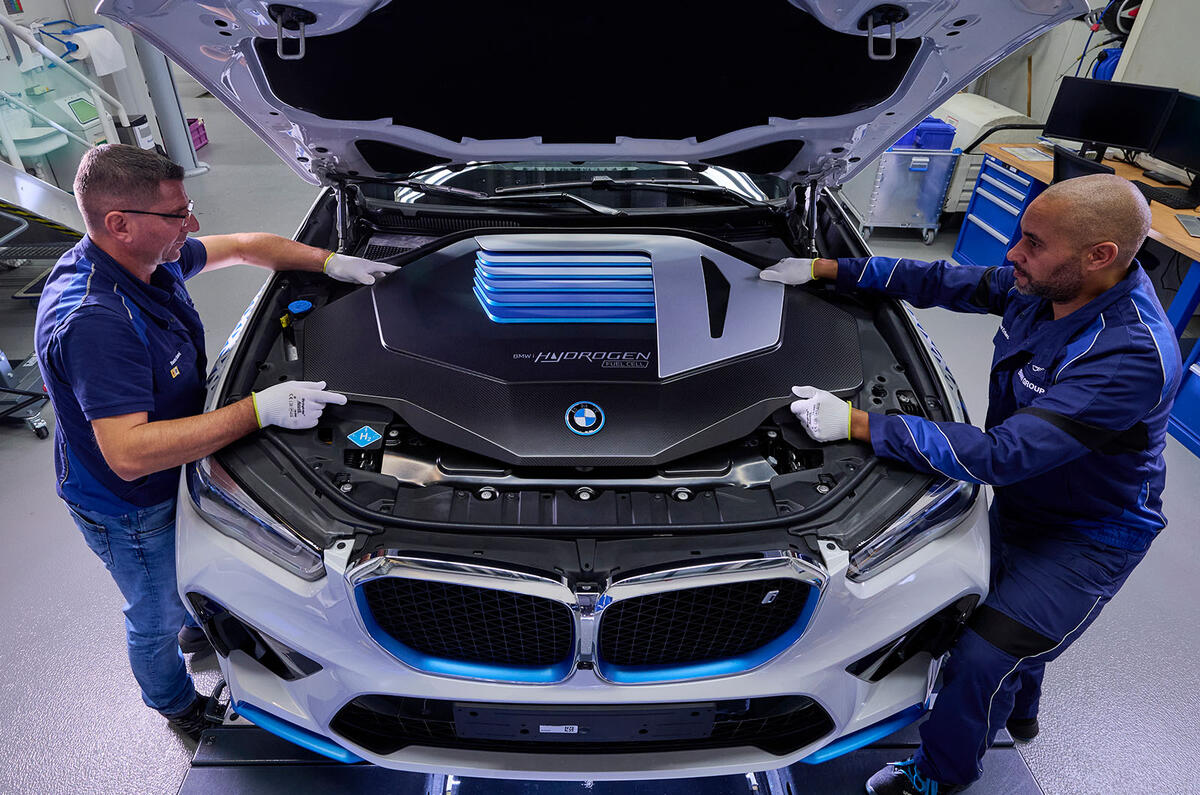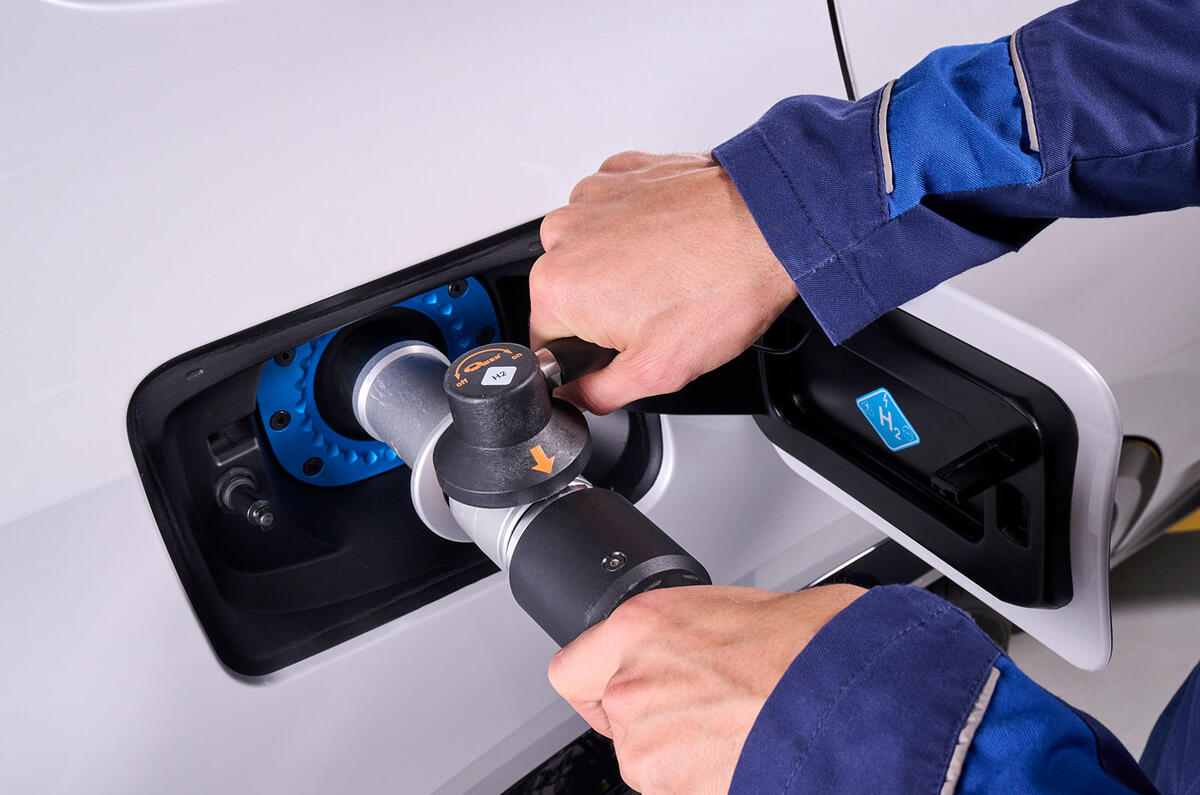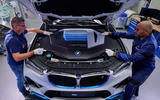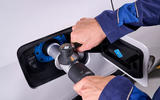As the will-it-won’t it story of fuel cell electric vehicles (FCEVs) continues to ramble on, BMW and Toyota Motor Manufacturing UK both announced new plans for FCEVs in early December.
BMW has started producing a limited run of its iX5 Hydrogen which will be used as technology demonstrators. A consortium led by Toyota Manufacturing is starting work on a project funded by the UK government via the Advanced Propulsion Centre, to migrate the second generation fuel cell system (as used in the Toyota Mirai) into a Toyota Hilux pickup.
Since the global industry set out in the late 1990s to make fuel cell vehicles more or less mainstream by 2004, then signally failed, technology has moved on a lot. The obvious thing is the arrival and fast maturing of automotive scale lithium battery systems which in only a couple of decades took BEVs from the level of dodgy prototypes to a common sight on the roads. We’ve also seen how hybrids have been stretched well beyond the original Toyota Prius to range extended vehicles (series hybrids) and plug-in hybrids.
Once FCEVs had moved beyond the early prototype stage, they essentially became series hybrids but with hydrogen fuel cells to provide a steady stream of electrical power instead of an engine and a small battery to provide the punch needed for acceleration.
The battery also stores energy from regenerative braking in the same way as other electrified vehicles. What’s also changed since those early days is that along with the battery technology, electric drivetrains are now well established in the commercial domain. In the BMW’s case, the drivetrain is taken from the fifth generation eDrive technology used in its BEVs and plug-in cars.
The other big change since those early days of FCEVs is the manufacture of the fuel cell stacks comprising hundreds of small fuel cells (the equivalent of battery cells in a battery pack). One of the hurdles which had to be overcome was that early on, stacks had to be hand-assembled but while the FCEV story may appear to have gone quiet, plenty of work has been continuing in the background.
The stacking of cells in the BMW stack is now fully automated and after that’s done, it’s compressed and inserted into a cast aluminium housing. The pressure plate which separately carries the hydrogen and oxygen to the stack is made from cast plastic and light alloy casting.
BMW’s hydrogen fuel cell system produces 125kW and powertrain, 369bhp. There are two hydrogen tanks carrying 6kg of compressed hydrogen which can be refilled at the pump in three to four minutes giving a range of 311 miles.








Join the debate
Add your comment
More wishful thinking and reality denial from the hydrogen lobby. Because of the inefficiencies in hydrogen production, distribution, storage and fuel cells BEVs travel three to four times further than FCEVs on the same amount of electricity. That means we would need three to four times more wind turbines and solar farms to generate enough renewable electricity for FCEVs to travel the same distance as BEVs. As far as road transport is concerned hydrogen is dead in the water.
Bwaaahhahaahahahahaaaaaaaaaaaaaaaaaaa!!!
It's fast compared with EV charging (56 miles per minute for the BMW, compared to 2-13 for EVs), closer to petrol/diesel, but it's erroneous to say it's on par. Petrol typically pumps at 50 litres per minute, so if the car gets 40mpg, that is 440 miles per minute.